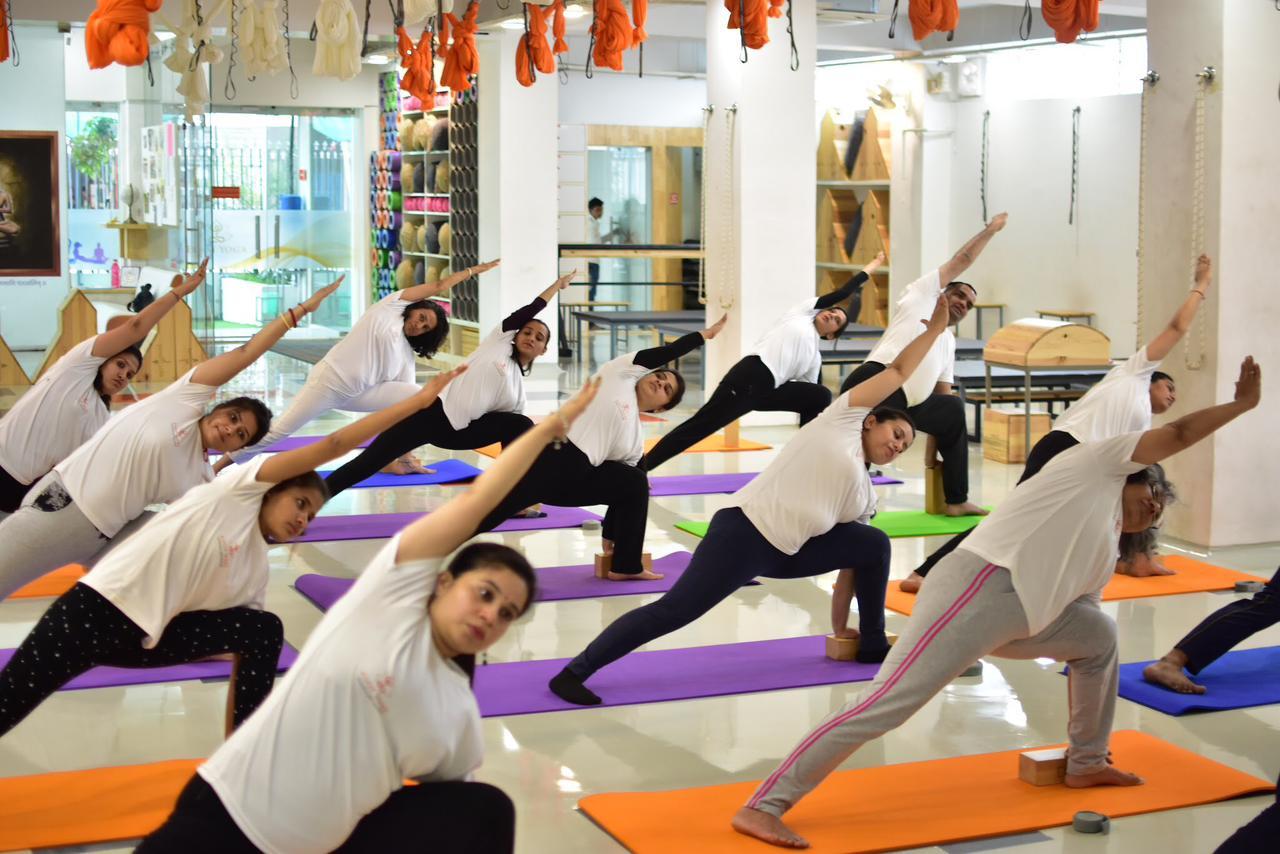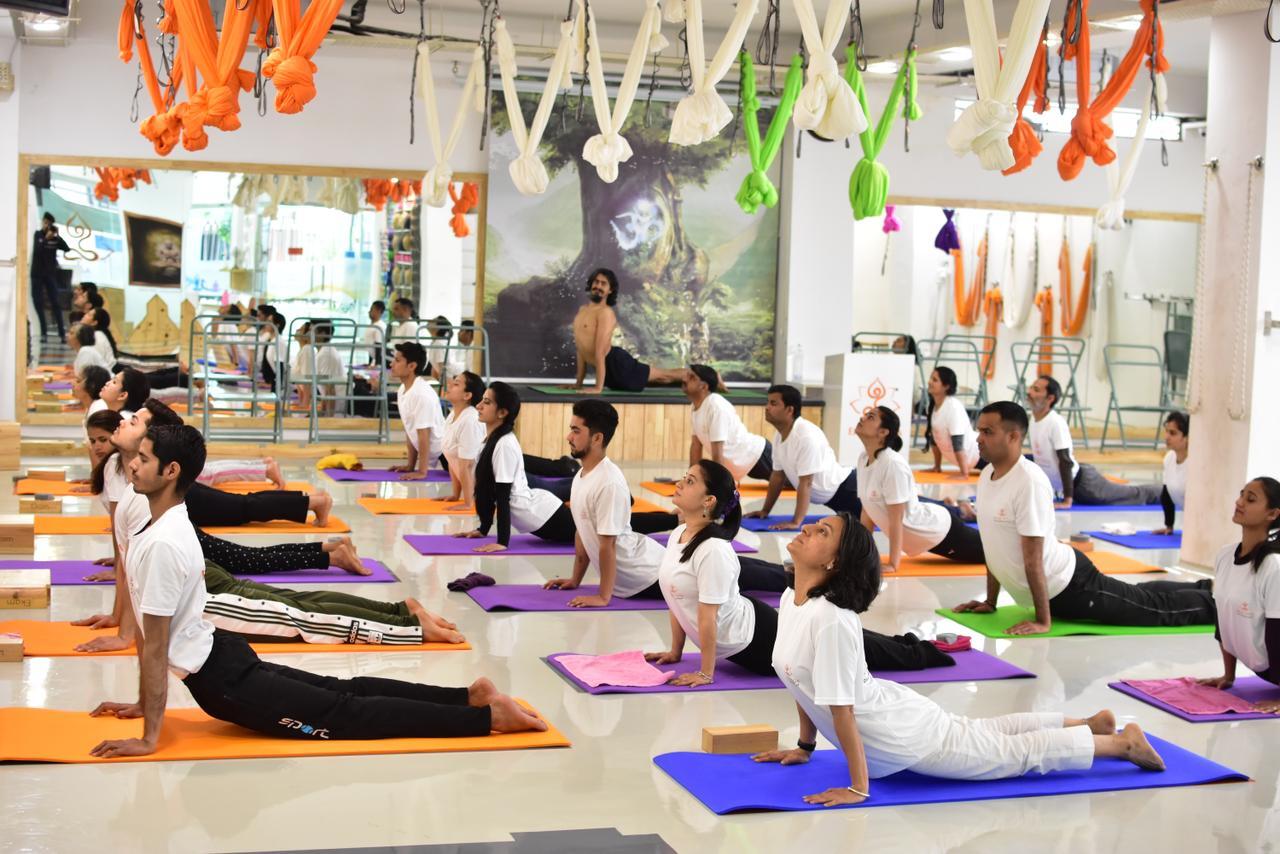Are you ready to embark on a transformative journey through the ancient practice of yoga? Yoga offers a plethora of physical and mental benefits, from increased flexibility and strength to reduced stress and improved overall well-being. However, amidst the excitement of beginning your yoga practice, it's crucial to prioritize safety to ensure a positive and injury-free experience.
At Ekam Yoga Academy, we understand the importance of starting your yoga journey on the right foot. That's why we have crafted this comprehensive guide to help you avoid common pitfalls and injuries that beginners often encounter. By implementing the top tips, we share here, you can confidently immerse yourself in the world of yoga, fully harnessing its incredible potential.
1. Start with a Qualified Instructor:
To kickstart your yoga journey on the right foot, it's crucial to learn from a qualified and experienced instructor. Look for certified yoga teachers who can guide you through the correct techniques, alignment, and modifications according to your body's needs. An expert instructor will help you understand the basic principles of yoga and reduce the risk of injuries.
2. Warm-Up and Cool Down:
Just like any other exercise, warming up your body before practicing yoga is essential. Engage in gentle movements like neck rolls, shoulder rotations, and hip openers to warm up your muscles and joints. Similarly, after your yoga session, perform a cool-down routine to stretch and relax your muscles. This will aid in preventing muscle strains and stiffness.
3. Listen to Your Body:
Yoga is a practice of self-awareness and self-care. Pay attention to your body's signals and limitations. Avoid pushing yourself too hard or performing poses that feel uncomfortable or painful. Respect your body's boundaries and gradually progress at your own pace. Over time, you will build strength and flexibility, but it's essential to give yourself time to progress safely.
4. Focus on Proper Alignment:
Maintaining proper alignment in yoga poses is crucial for preventing injuries. Improper alignment can strain muscles, joints, and ligaments. Always follow the instructions of your instructor to ensure you are performing the poses correctly. Engage your core, distribute weight evenly, and keep a neutral spine to reduce the risk of injury. Regularly checking and refining your alignment will help you progress in a safe and sustainable manner.
5. Use Props:
Yoga props such as blocks, straps, and bolsters are excellent tools to support your practice. Props provide stability, help with alignment, and assist in maintaining balance. If you're finding a pose challenging, don't hesitate to use props to make it more accessible. They can help reduce strain on muscles and joints, allowing you to practice safely.

6. Gradually Increase Intensity:
Avoid the temptation to rush through the levels of difficulty in yoga. Progressing too quickly without proper preparation can lead to injuries. Build a strong foundation by mastering basic poses before attempting advanced variations. Each pose has progressions and modifications, so listen to your body and take it one step at a time.
7. Stay Hydrated:
Hydration plays a vital role in injury prevention during yoga practice. Drink plenty of water before and after your session to keep your body adequately hydrated. Dehydration can lead to muscle cramps and fatigue, increasing the risk of injuries. Remember to take small sips of water during breaks if needed.
8. Respect Your Limits:
Avoid comparing yourself to others in the class and pushing beyond your limits. Each individual's body is unique, and what works for others may not be suitable for you. Honor your body's abilities and progress at your own pace.
9. Breathe Mindfully:
Focus on your breath throughout your practice. Deep, mindful breathing not only helps you stay present but also prevents unnecessary tension and stress on your body.
10. Incorporate Rest Days:
Rest days are as important as active practice days. Allow your body time to recover and repair. Rest days help prevent overuse injuries and give your muscles and joints a chance to rejuvenate. Consider practicing gentle forms of yoga, such as restorative or yin yoga, on rest days to promote relaxation and restoration.
Remember, yoga is a journey of self-discovery and self-care. By practicing mindfully and respecting your body's needs, you can enjoy the numerous benefits of yoga while minimizing the risk of injuries.
Remember to share this valuable information with others who are interested in practicing yoga safely! Feel free to share this blog post on your social media platforms.





0 Comments
Write a comment